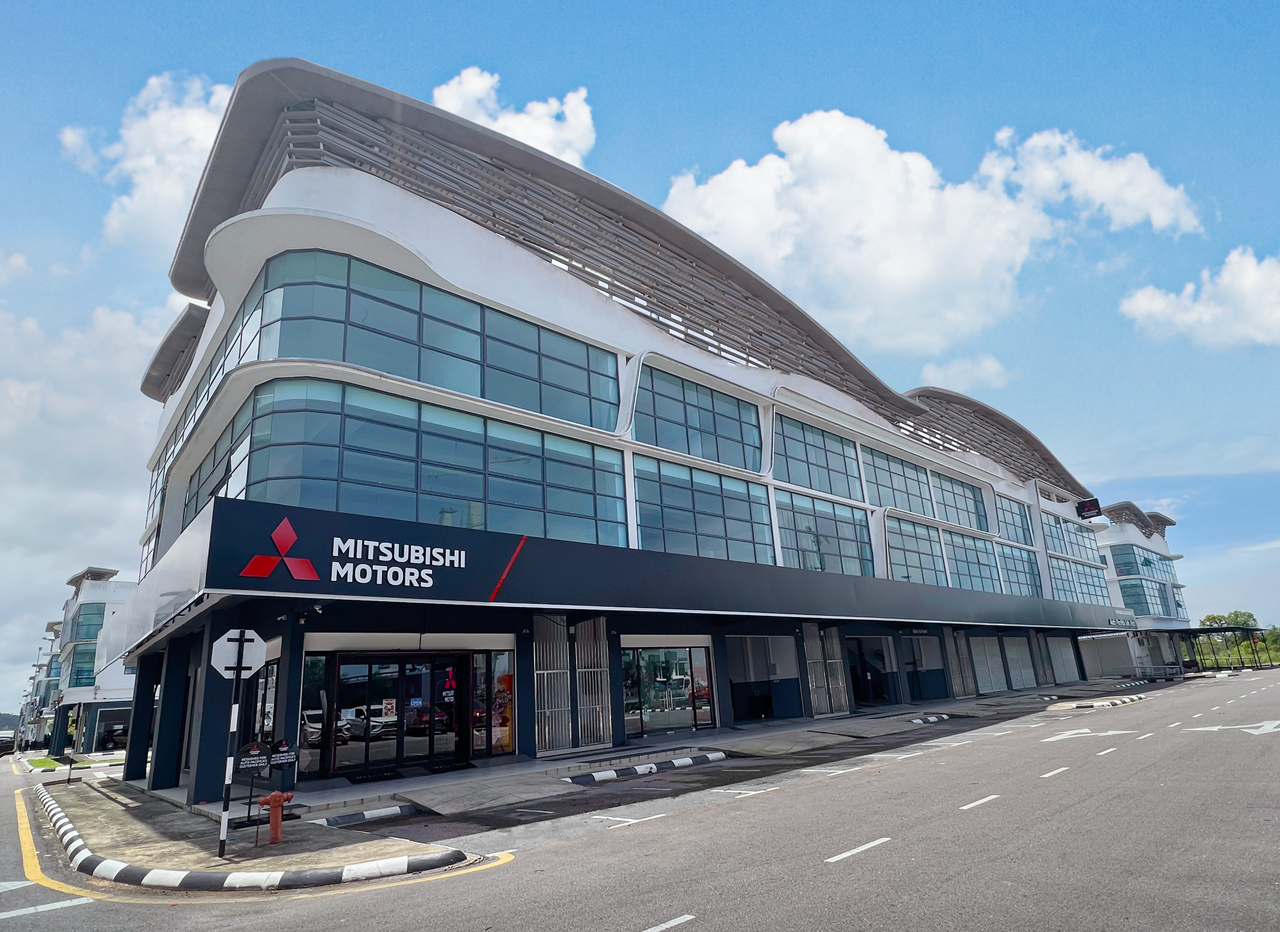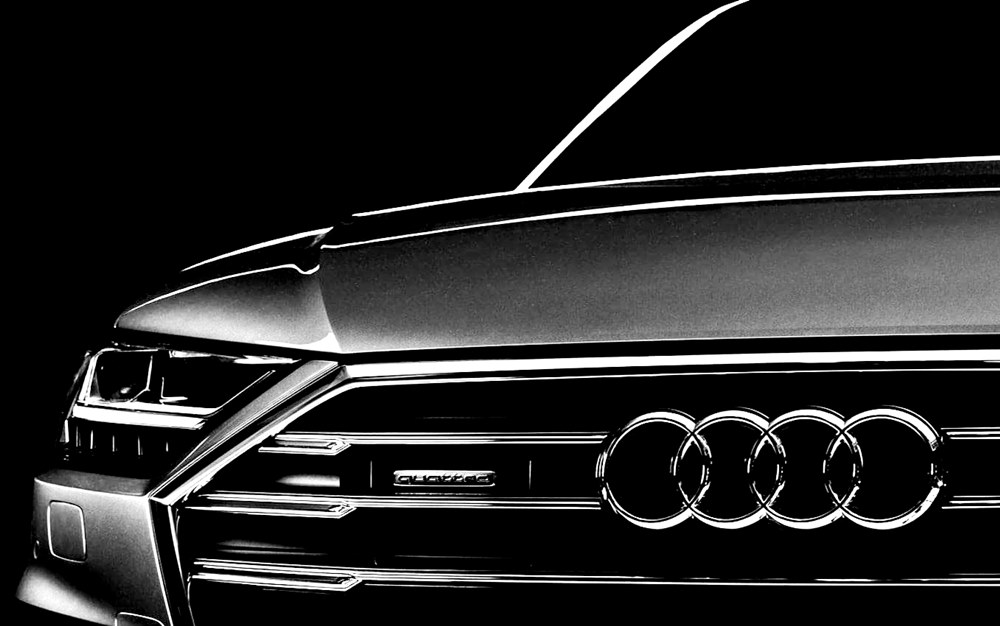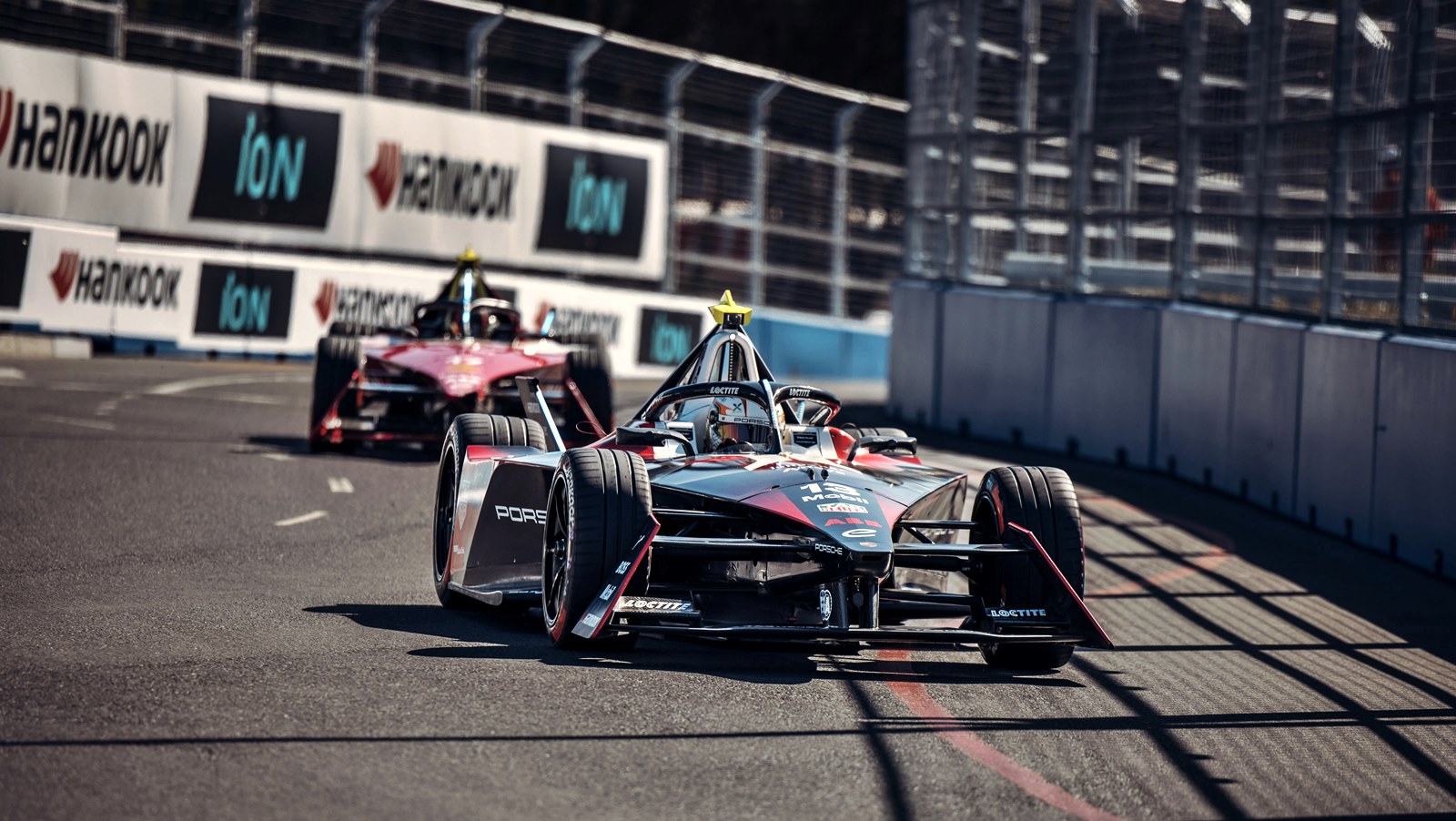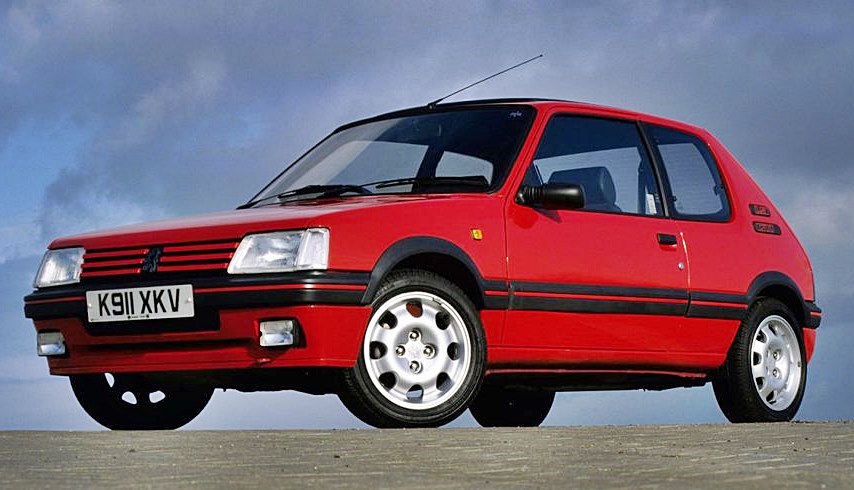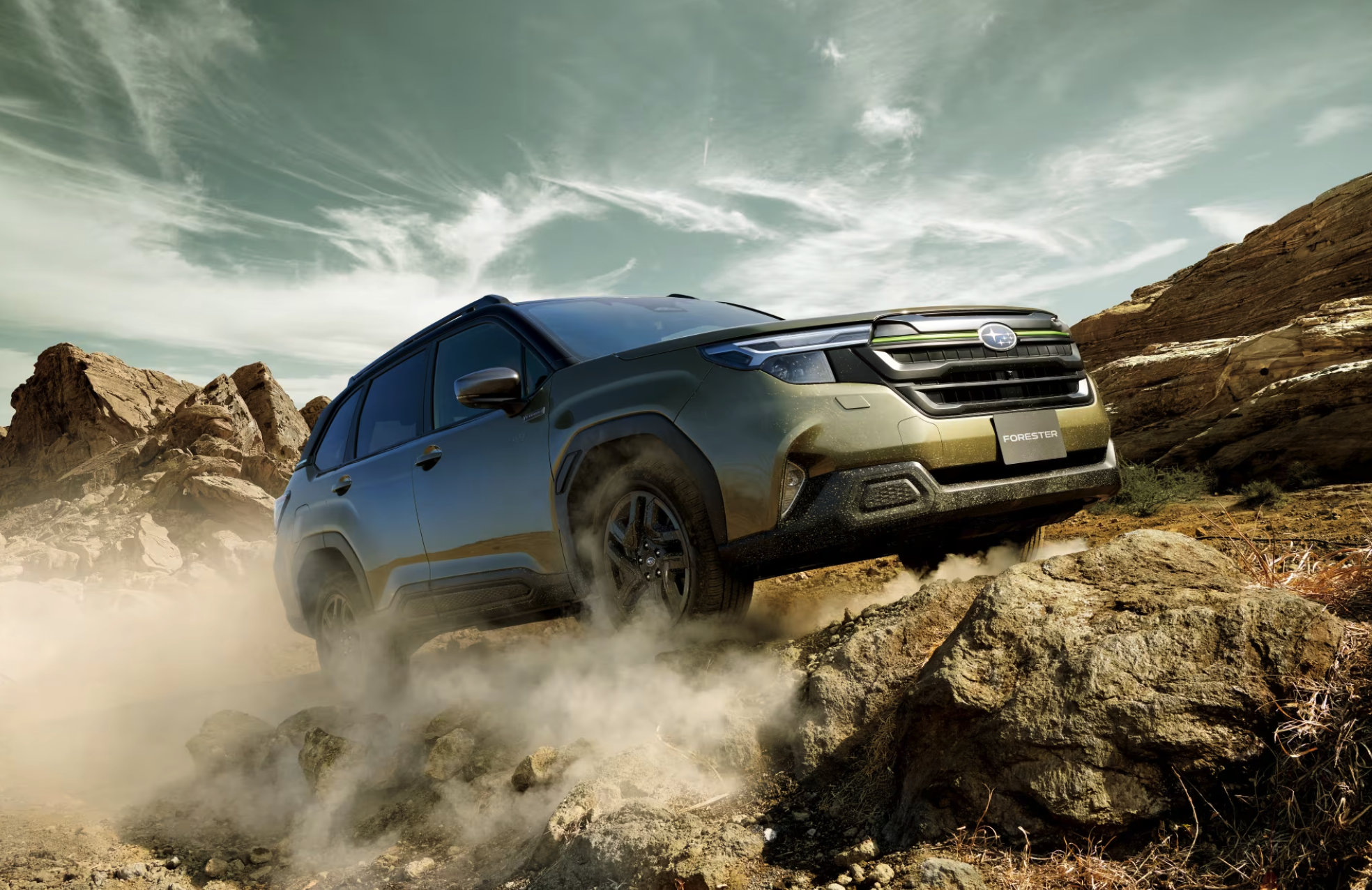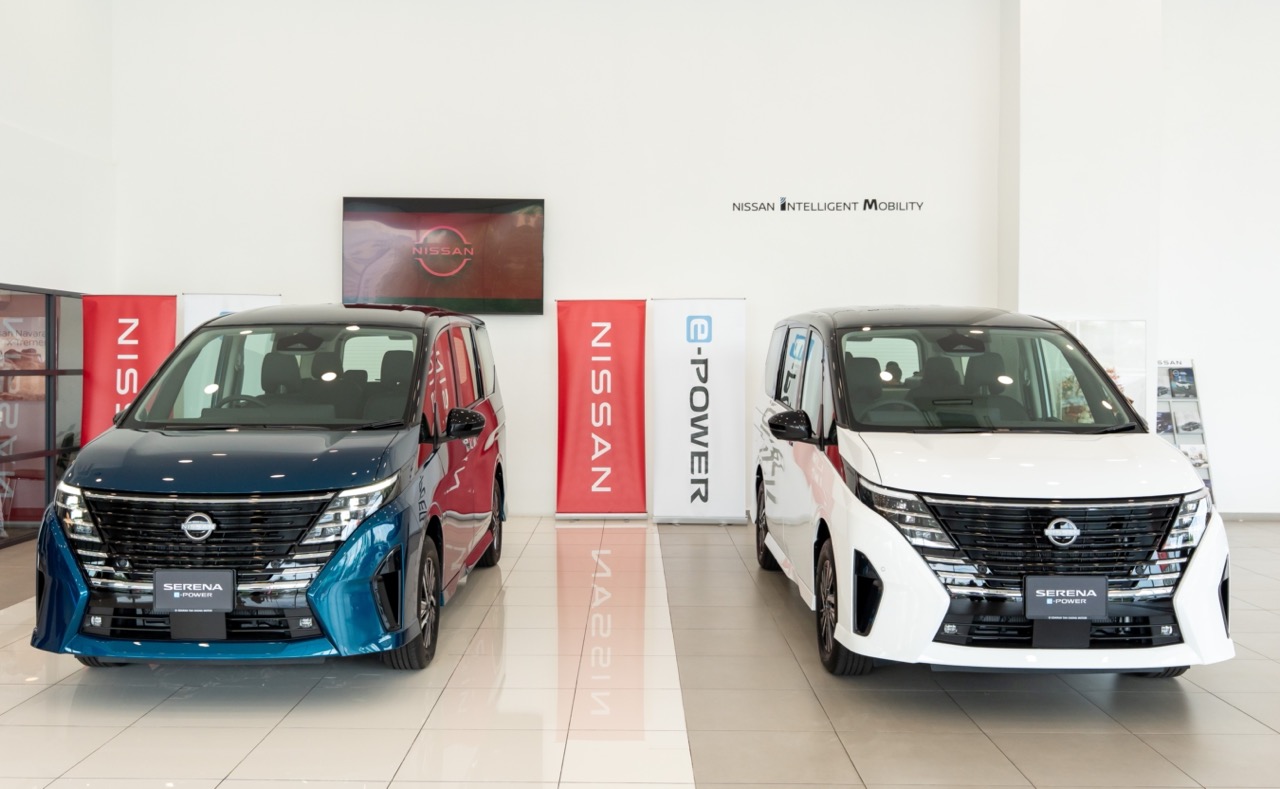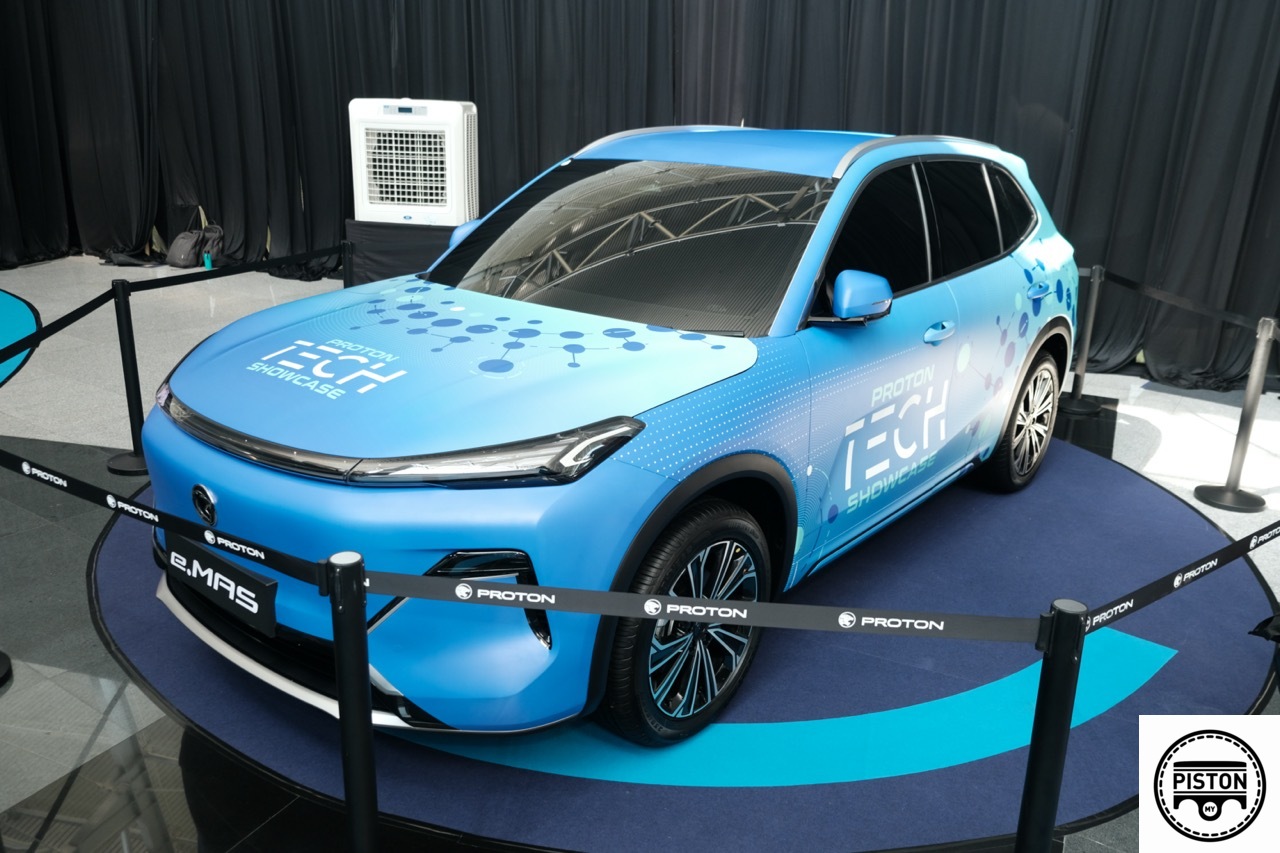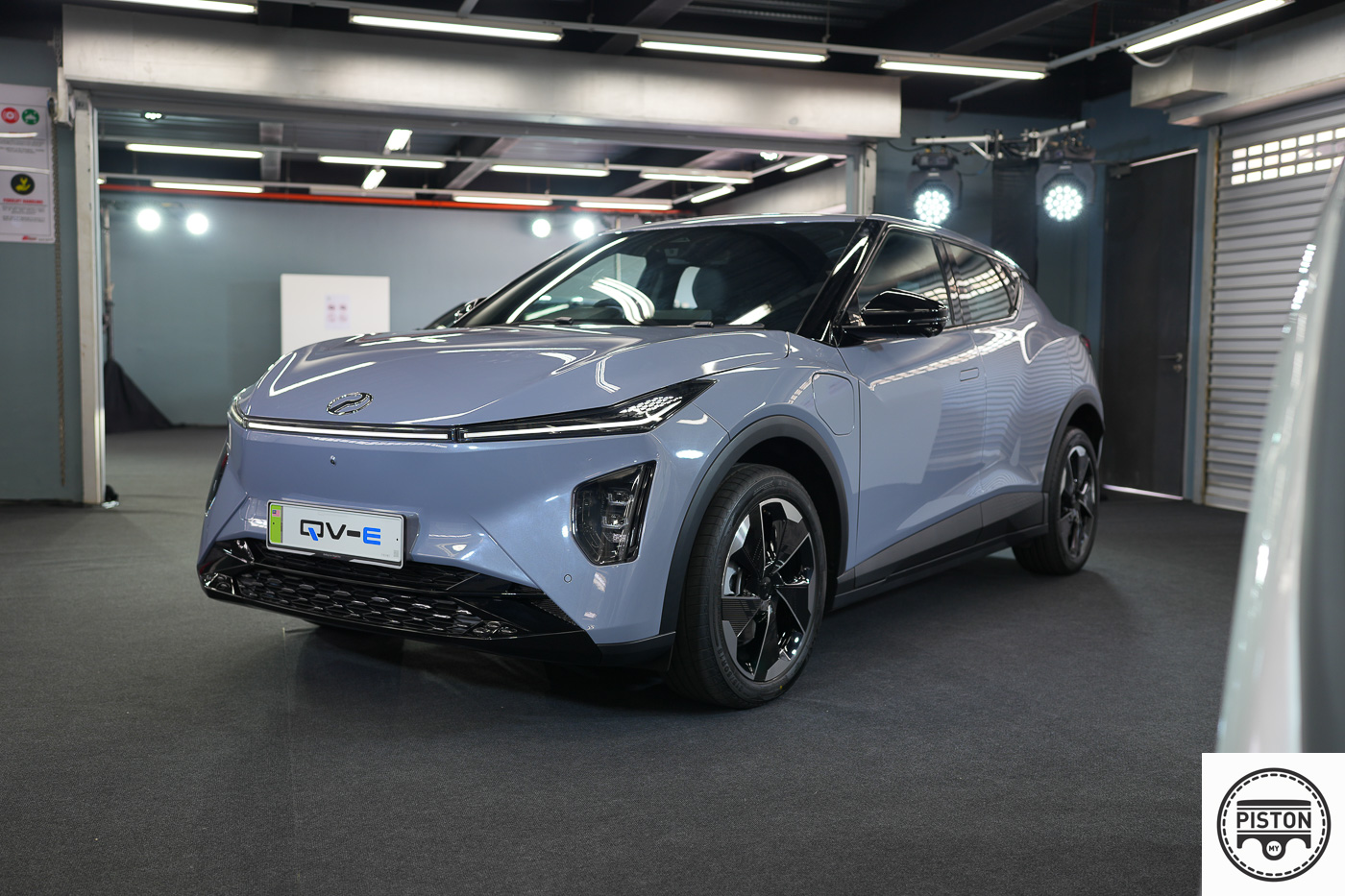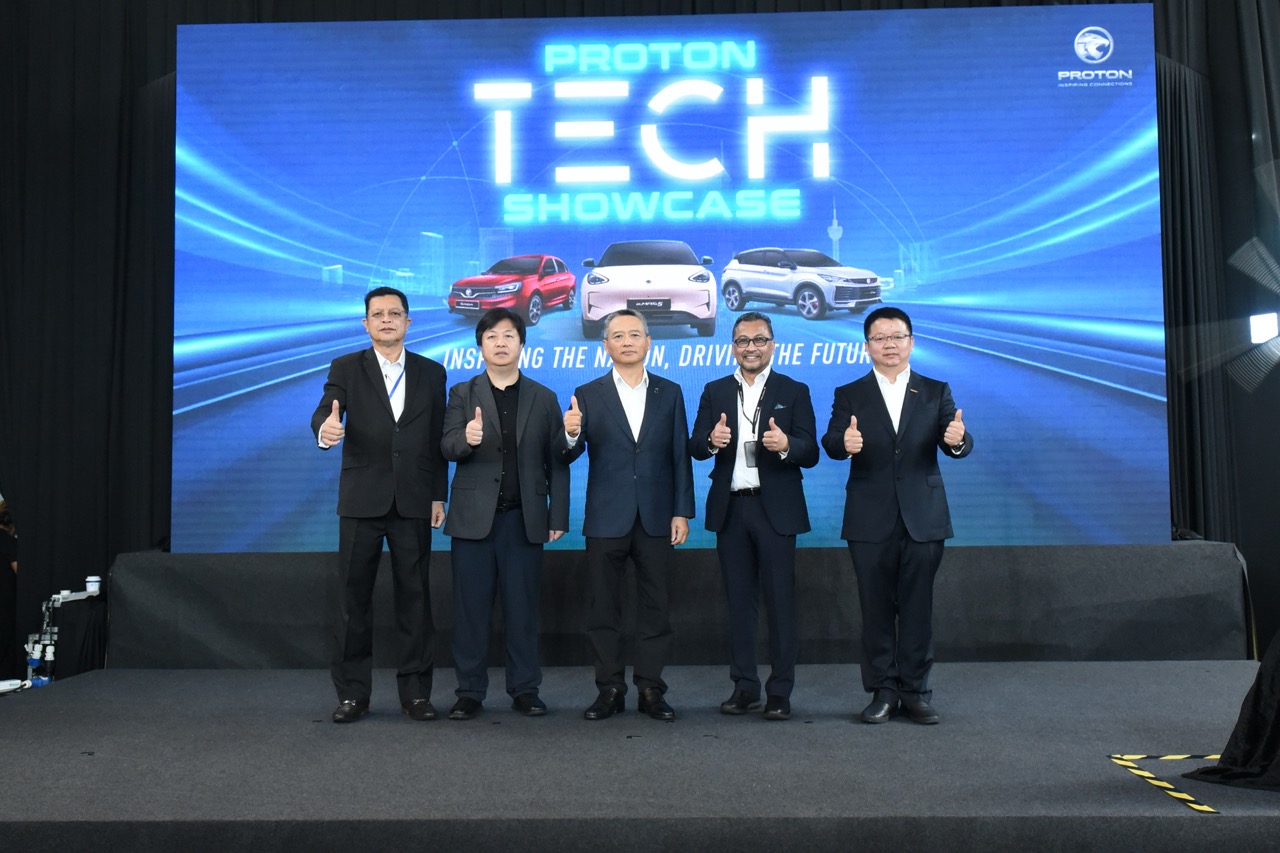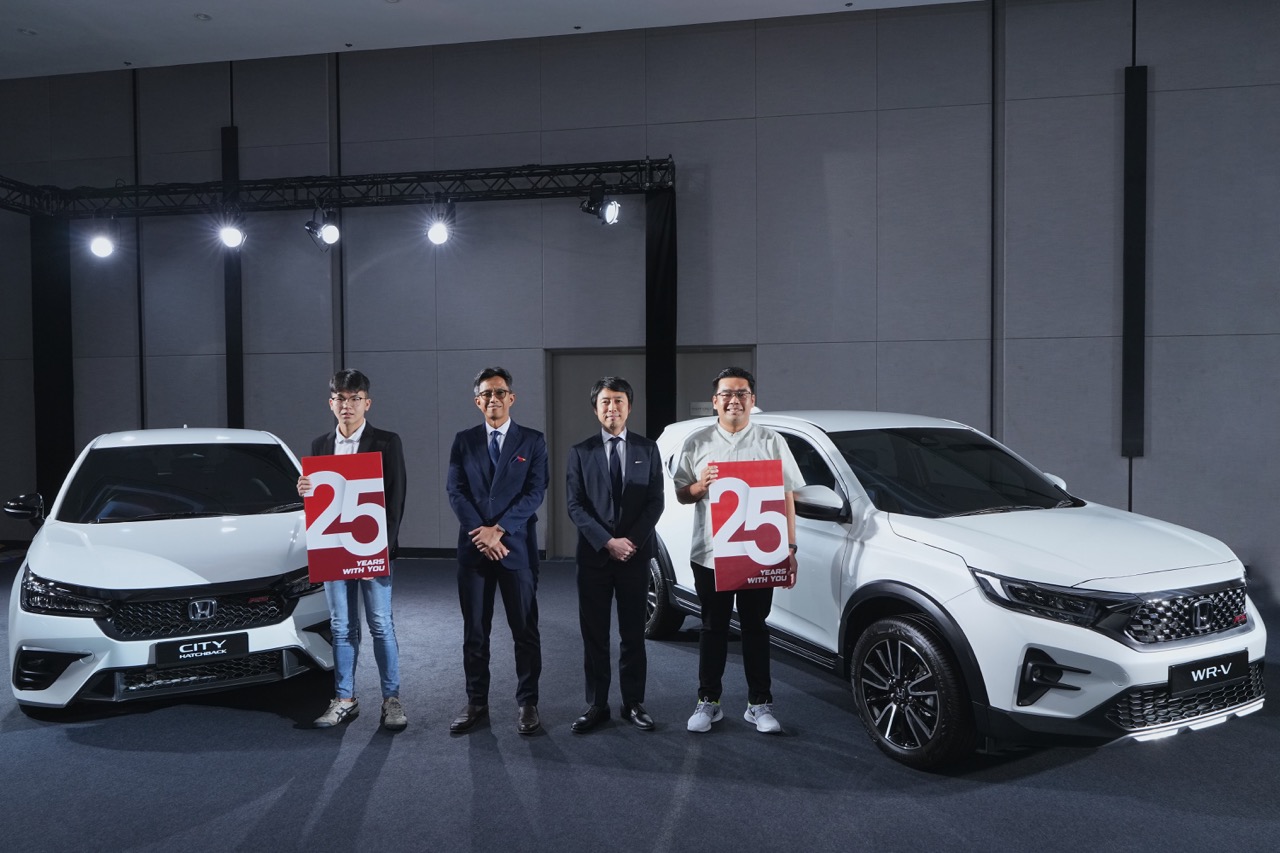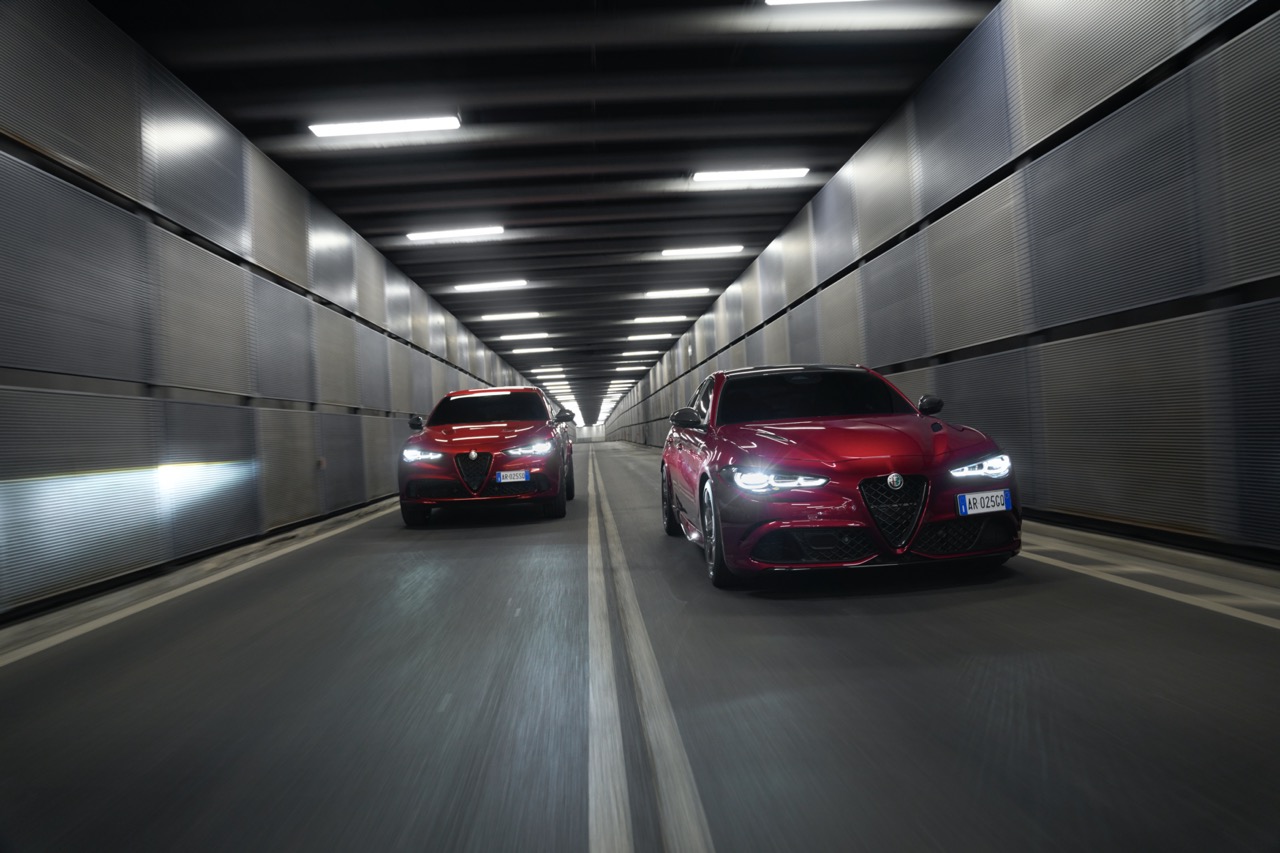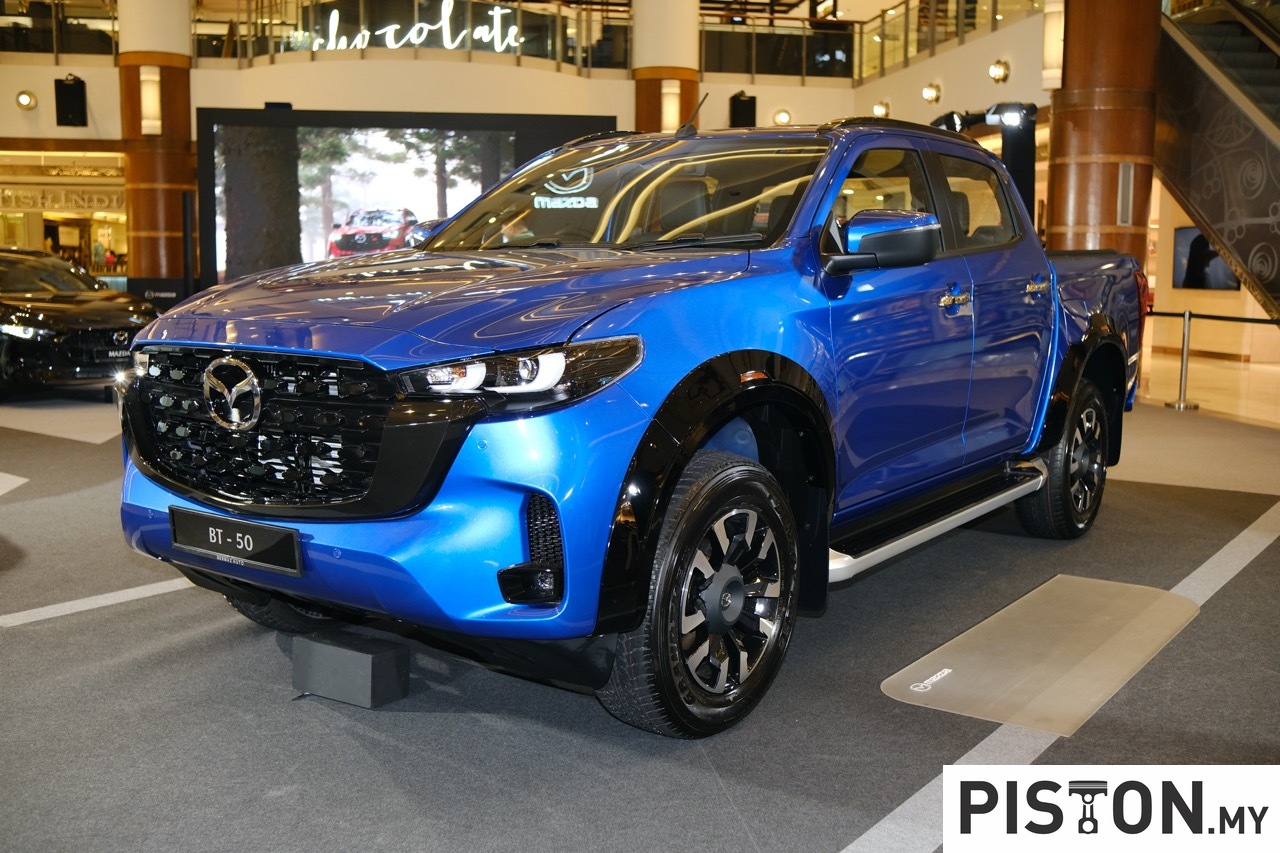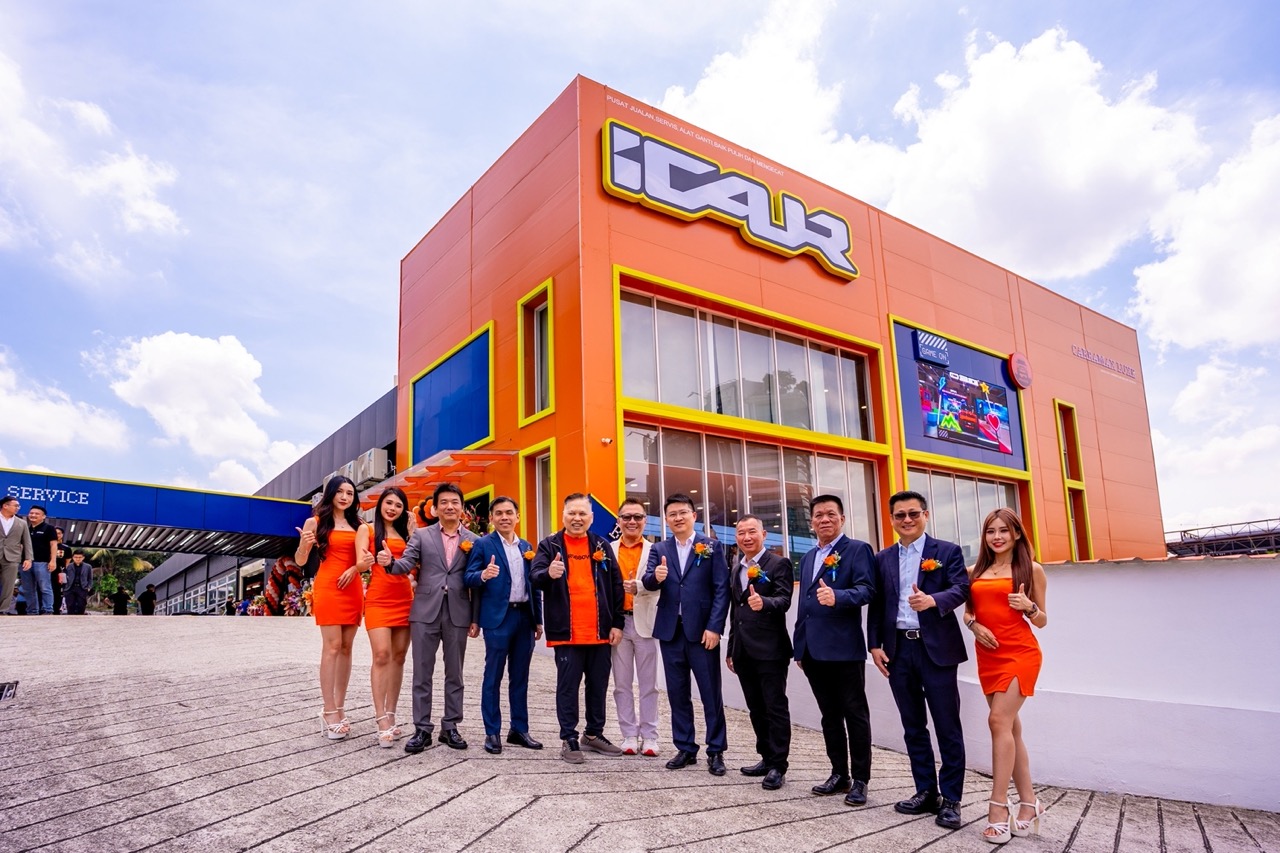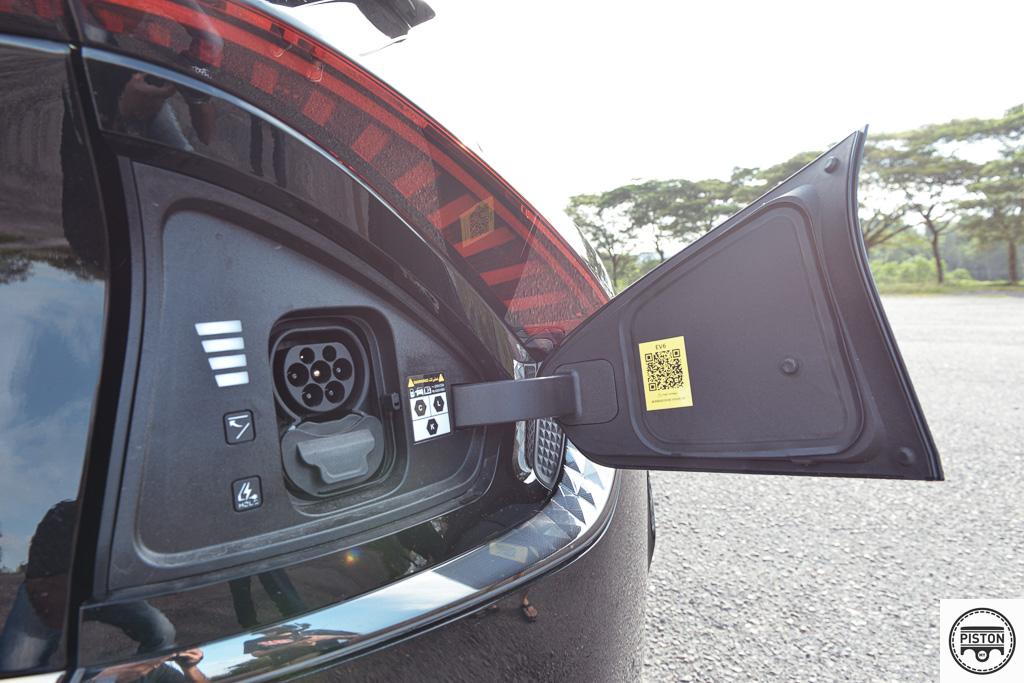As we have seen for a long time, the Japanese are masters at making compact cars. It has something to do with their road conditions which are narrow, and also led to the creation of the unique kei class in the country. The initial regulations in 1949 allowed kei car dimensions to be no more than 2.8 metres long and 1 metre wide. By the end of the 1990s, they were allowed to be up to 3.4 metres long and 1.48 metres wide.
Besides kei cars, which could only have 660 cc engines (in Japan), there was also a category of kei trucks which also had the same dimensional restrictions so they were pretty small. The Perodua Kancil was adapted from a Daihatsu kei car called the Mira so you can imagine just how small the kei trucks were.
While Toyota and Nissan did not make kei cars, the other carmakers such as Daihatsu, Mazda, Mitsubishi Motors, Suzuki and Subaru had kei cars as well as trucks (which generally used the same simple platform). They sold well during the 1990s and were even exported to other countries, including the USA, surprisingly.
(more…)

